For some months, in Mantua, an imposing project on museum accessibility has been taking place, under the full care of the Institute for the Blind Francesco Cavazza, and dedicated to the Palace of Te, a Gonzaga dwelling which preserves one of the most valuable fresco cycle of Italian mannerism, and in the Mantua's City Museum, hosted in the San Sebastian Palace. These two outstanding venues will host from now on a permanent exhibit designed for a broad range of users, specifically thought for people living with vision loss. The exhibit will be fully integrated to the traditional visit. The Palace of Te is a classic example of the Renaissance architecture, an ancient villa designed to be a luxury countryside residence dedicated to the regeneration of the spirit and the Prince's leasures. It is important to recall that it was designed and decorated for the Duke Federico II Gonzaga by the well-known architect Giulio Romano.
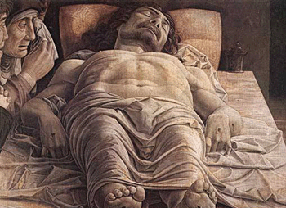
Through the study of the aesthetic values and the stylistic variations of the frescos in the halls, it was possible to plan and create the different bas reliefs which allowed for the understanding of the spatial and expressive composition of the Renaissance mannerist paintings, the creations, the audacious perspectives, the visual narration. The hall of Ovid or the Metamorphosis, where the visit begins, presents the famous scene of the intercession relating to the myth of Orpheus and Eurydice, that will allow the experience of touch because of the bas relief in the same room translating the lyrical fresco. In the same way, the strength of the Imprese, emblems of the Gonzaga Court formed by a body, corresponding to the imagination, and by a soul, corresponding to the saying, will be understood through the tactile exploration of two symbolic images dedicated to the themes of romantic passion and faithfulness.
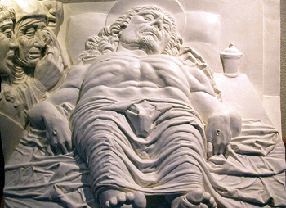
The tour goes on through the Camera del Sole e della Luna, where two charriots, metaphore of the day and the night, are chasing each other standing out on a window that introduces the zenithal vision from the bottom and to the perception of movement, sign of the unceasing passage of time. The Sala dei Cavalli shows life-size portraits of some of the Gonzaga horses, a representation of the Morel Favorito steed with a rural landscape as a background. The esthetic translation of the glorious horse will make all children happy to stroke the proud profile. The Camera di Psiche moves the visitor with the tale of Apuleius, in the narration of the Nymph who, thirsty for knowledge, inquisitiveness and heedlessness loses and finds Eros: the selected scene, translated into a tactile model, could not be anything else but Psyche Discovers Eros. The Camera dei Venti, a complex and imaginative representation of the ancient astrological doctrine, presents an inscription in Latin taken from Juvenal: DISTAT ENIM QUAE SIDERA TE EXIPIANT, indicating It depends on what stars will welcome you (at birth) or: Since it has not been decided what stars can get hold of you. The belief for which the astral influence would be determinant in the constitution of the character, the attitude, the behaviour of people explains the presence of sixteen medallions illustrating how human life is under the influence of the constellations of the Zodiac.
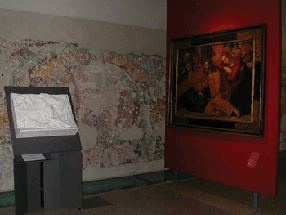
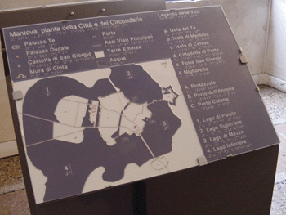
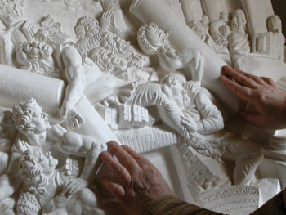
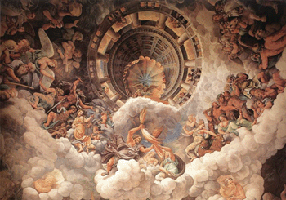
One of the these sculptures in the round was done in bas relief so that it could be perceived by the touch and
penetrated in its complex symbology. La Loggia Di Davide reminds
the visitor of the depth of biblical teaching for which force is the
understanding of the opponent, never haughtiness, and here is the
tridimensional translation offered of the scene in lunette: it is the
image of David Killing Goliath.
The tour ends with the
Camera dei Giganti. An extendable tactile model masterfully
reproduces the architecture and complexity of decoration while a bas
relief in perspective presents, with extraordinary efficiency, the
evocative scene of the Fall of the Giants. In the tactile
exploration of the model, it seems that one is immersed in a space that
envelops and stuns the visitor, suggesting sensations of collapse
decreasing only when close to the olympic throne in the centre of the
cupola. The reading of the Fall of the Giants, historical and
political metaphore linked to the Gonzaga adventures, is still today a
tormenting representation indicating the finality of things and of the
need for human redemption which has always been pursued through
art.